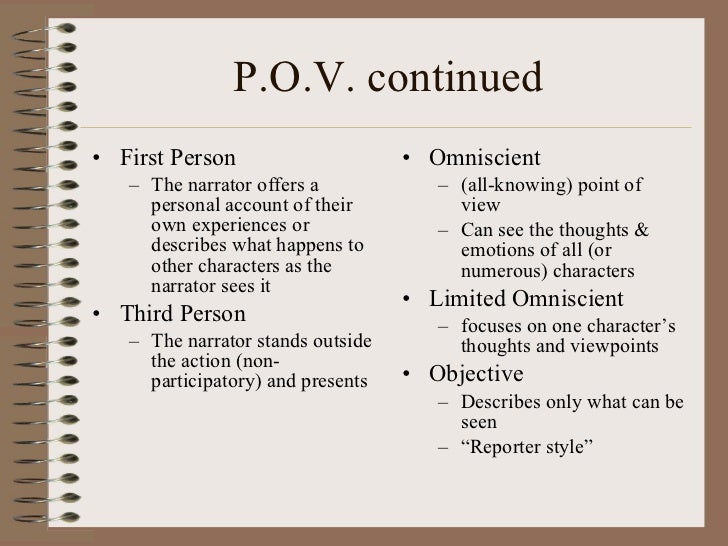

Make sure that you are clarifying how the story is delivered.Īnd where the narrative is coming from. To make sure you’re always writing in either the limited third person or the omniscient third person point of view. It becomes incredibly difficult for the reader or anyone for that matter to know what’s going on because it’s difficult to know who is saying what. When you head hop, the scene becomes messy and hard to manage. The result would be that you would tell the story from the character’s point of view, back and forth between characters, rather than from the narrator’s POV. Head hopping occurs when you mistakenly skip from using what is known as a limited third person POV to the omniscient third person POV in the same scene. There’s a challenge to writing any screenplay from an omniscient point of view and that’s the risk of head hopping. The narrator is not a character in the story, but may know everything that’s going on in the characters’ minds. Often, the omniscient point of view comes across as being told by the “author.” Omniscient third-person point of view basically shares the story from the narrator’s perspective as to what each of the character’s are thinking and feeling.

But the narrator knows what each of the characters are thinking. Omniscient POV is like a narrator, telling the story in third person. That’s because the omniscient point of view in film is represented as a third person POV, but it’s a little bit different. To understand how omniscient point of view works, one must first understand the differences between first, second and third person points of view. But exactly what is the omniscient point of view and how is it used in filmmaking? Allowing a glimpse into the character’s story. Throughout filmmaking, the use of third-person omniscient point of view is common. The point of view (POV) that you use in storytelling plays a key role in how your audience will experience the description and visibility of the world you’re creating for them. What is Omniscient Point of View in Film?


 0 kommentar(er)
0 kommentar(er)
